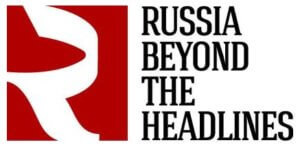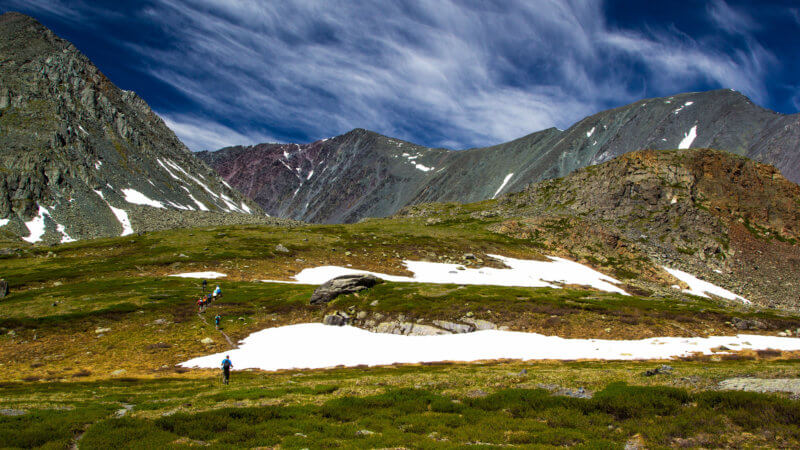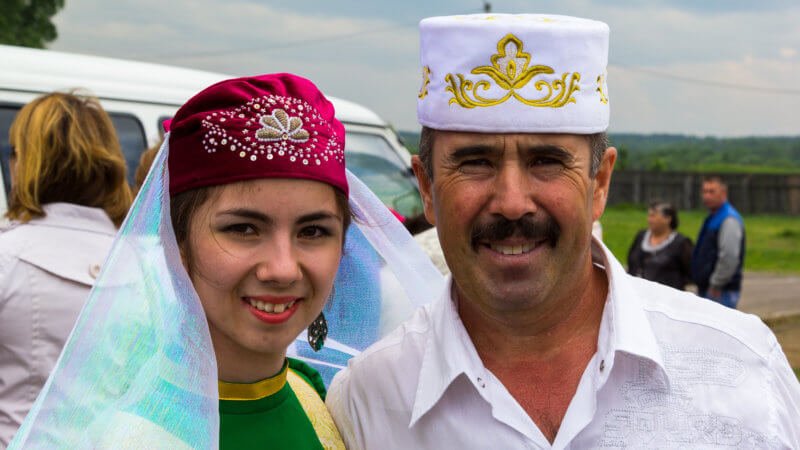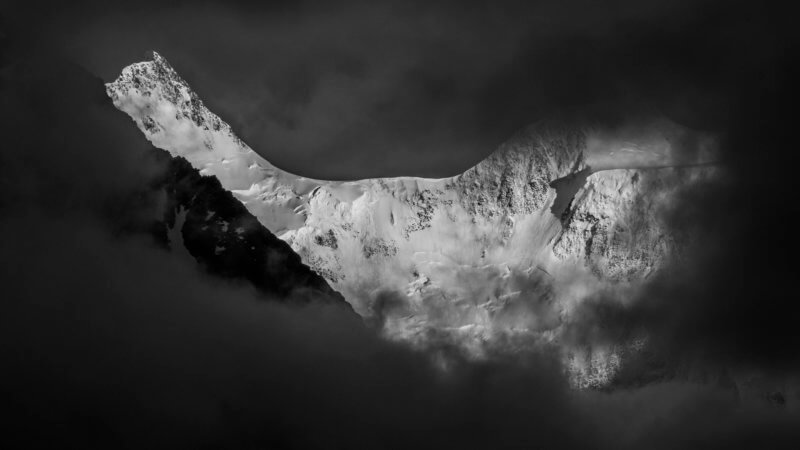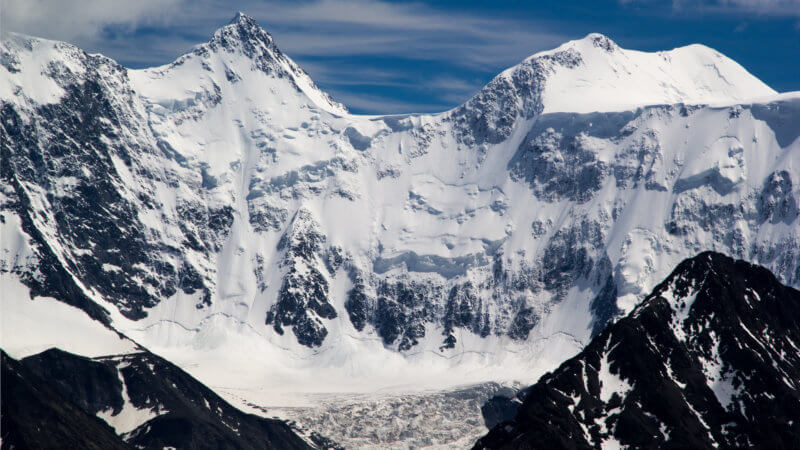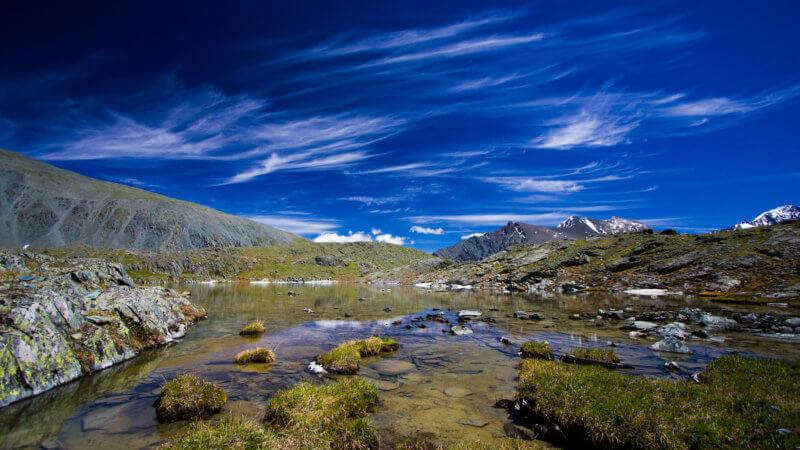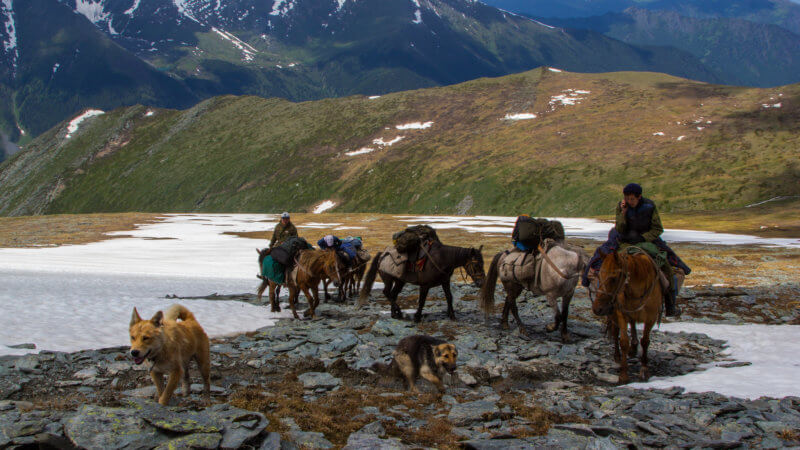The Altai Republic is the least populated republic in Russia. The indigenous Turkic Altay people form 35% of its population, and many consider the land to be sacred. It’s easy to see why with its lofty alpine peaks, endless rows of forested valleys, and mountain lakes. Many beauty spots are also sites with a historical or mythological story behind it. Such as Mount Belukha being the supposed location of Shambhala and the discovery of the 5th century BC Siberian Ice Maiden on the Ukok Plateau, which is one of the most significant 20th-century archaeological discoveries in Russia. These Russian Altai photos cover a six-week trip to the area, including a trek to the base of Belukha.
If you want to see historical Russian Altai Mountains photos, check out Sergei Borisov’s 1907-1911 collection. Additional photos are available on the Library of Congress’ website. Borisov was born into a slave family, which was legal in Russia until 1861. After he was freed, he moved to Barnaul, developed his interest in photography and eventually opened a photographic studio. He funded his Altai photography project through his studio work and over the years made 1500+ images during his four-year-long trip in the area.
Aside from Belukha and the Ukok Plateau, other places of interest include Teletskoye Lake, which is the Altai Mountain’s largest lake and is located in the Altaisky Nature Reserve. It’s fed by 70+ rivers. Its name originates from the Teleuty people, who were an Altai tribe living by the lake, but they called it Altyn-Khol (Gold Lake). Along with being an excellent spot for fishing, there’s also plenty of trekking and kayaking on offer. For something more challenging, you could also try paddling the Katun River, which cuts through the republic. Nearly 700 km long, it’s a tough trip and notorious for its big rapids, whirlpools and fast-flowing waters.
My photography has been published in the following outlets:
